Meet Rodrigo Oliveira, landscape architect to some of Brazil’s finest buildings
We delve into Rodrigo Oliveira's naturalistic approach and explore his landscape architecture work, gracing buildings designed by some of Brazil's finest contemporary architects
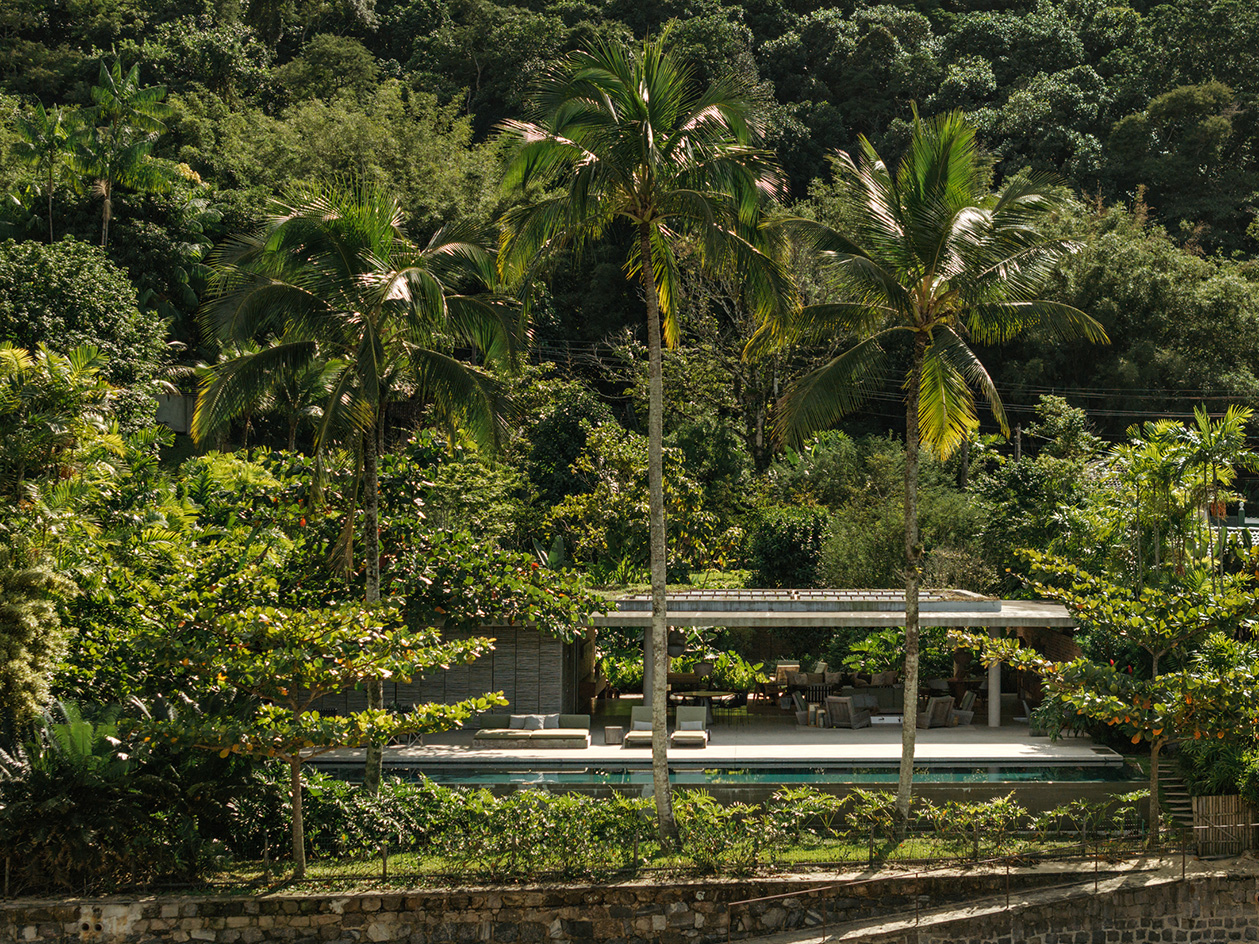
‘A garden has to be imperfect, intuitive, instinctive,’ says Brazilian landscape architect Rodrigo Oliveira. It’s a philosophy that has made him one of Brazil's most sought-after landscape professionals. A naturalistic perspective – inspired by Japanese garden methodology and the asymmetric beauty of nature itself – has defined Oliveira's 30-year career. Rather than imposing order on the landscape, he creates what he calls 'spontaneous-looking gardens that blend seamlessly into the surroundings’. The result is deceptively simple: gardens that appear as if nothing was deliberately done there, yet achieve profound harmony between built form and nature.
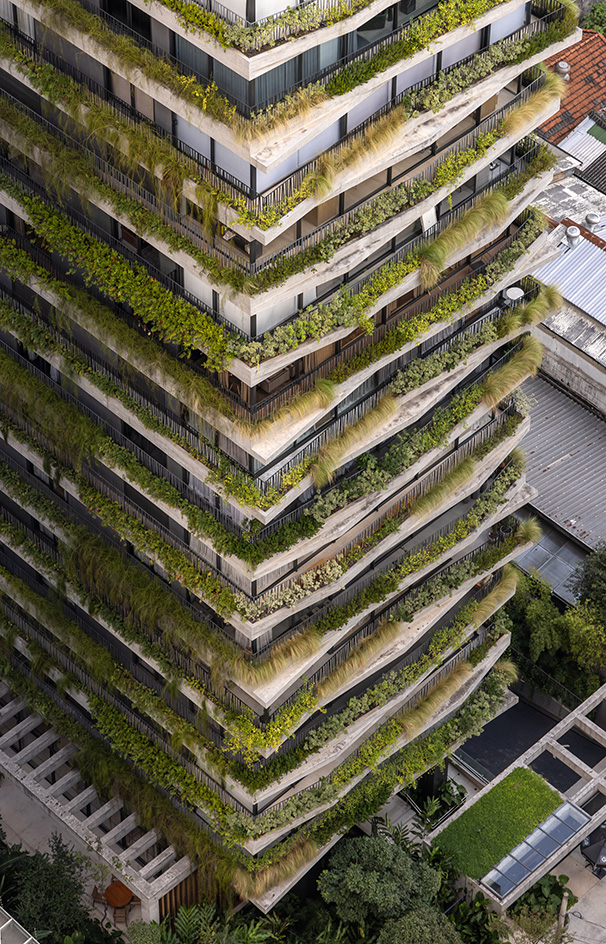
Leopoldo Building (architecture by Aflalo Gasperini Arquitetos)
We meet and chat with Rodrigo Oliveira
The journey to this mindset began in Oliveira’s hometown of Paraná in southern Brazil, where gardens were an intrinsic part of his childhood. ‘I used to take care of the gardens in all the houses we lived in,’ he recalls. And when landscaping was not yet a 'big thing’, he studied agronomy at the Federal University of Viçosa, graduating in 1993. After working under contract with other landscape companies and studying arboriculture in Florida for a year, he established his independent practice, Rodrigo Oliveira Paisagismo in 2005.
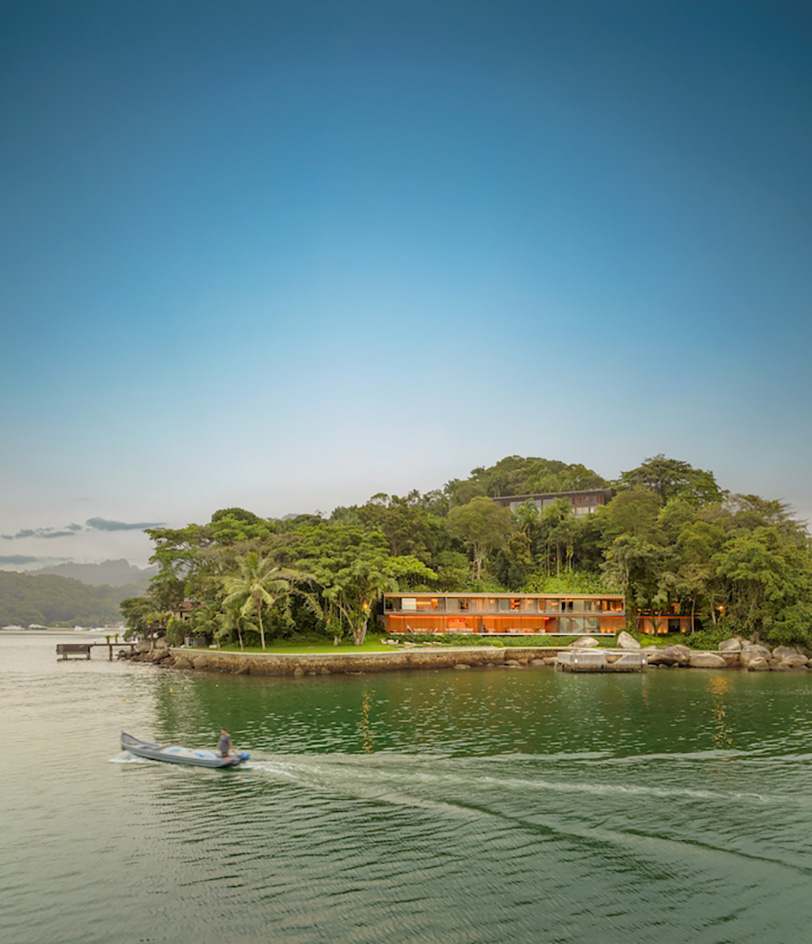
AEA House (architecture by Jacobsen Arquitetura)
Today, his São Paulo-based studio is one of Brazil’s most respected landscape practices and employs 40 people, including architects, engineers, marketing specialists, and dedicated gardeners. The breakthrough that transformed Oliveira’s career came in 2005 through an unexpected collaboration, when Isay Weinfeld invited him to create a garden for the house the architect was designing for the Brazilian film director Hector Babenco in São Paulo. Oliveira seized the opportunity to create something genuinely natural. ‘That was the key point in the beginning of my career and changed my path completely,’ he reflects.
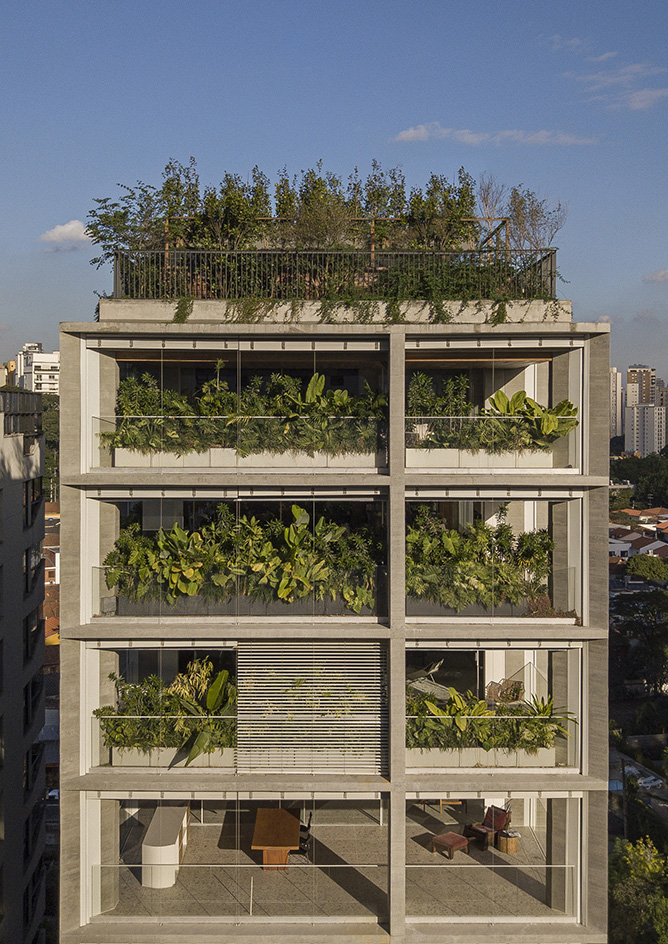
Ourânia Building (architecture by Studio Mk27)
The garden featured a dramatic approach where visitors entered from the street into what Weinfeld has described as ‘a forest’ – a long meandering walk through dense foliage without sight of the house, until a sudden turn brings Casa Babenco into view. This cinematic experience, befitting a collaboration with a film director, established Oliveira's reputation for creating landscapes that unfold like carefully crafted narratives. The project led to ongoing partnerships with Brazil's architectural elite – Bernardes Arquitetura, and Studio Arthur Casas, among them.
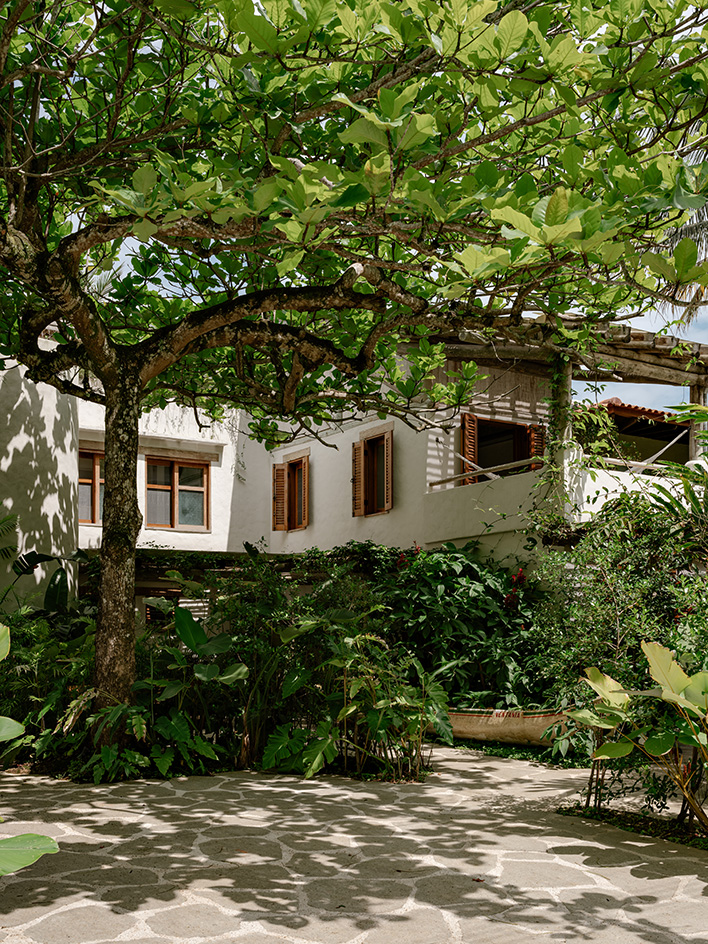
LAB House (architecture by Vitor Penha)
The Patios House, designed by Studio MK27, exemplifies Oliveira's naturalistic approach. Located on Rio de Janeiro's coast, the beach house features landscaped courtyards that serve as delicate threads connecting built elements and outdoor spaces. Equally impressive is the AEA House by Jacobsen Arquitetura, set within 7,000 square metres of dense forest near Rio de Janeiro. Here, Oliveira's naturalistic philosophy finds perfect expression. The landscape preserves existing vegetation of mature trees and exposed rock formations to create a seamless fusion between the new garden and the surrounding environment.
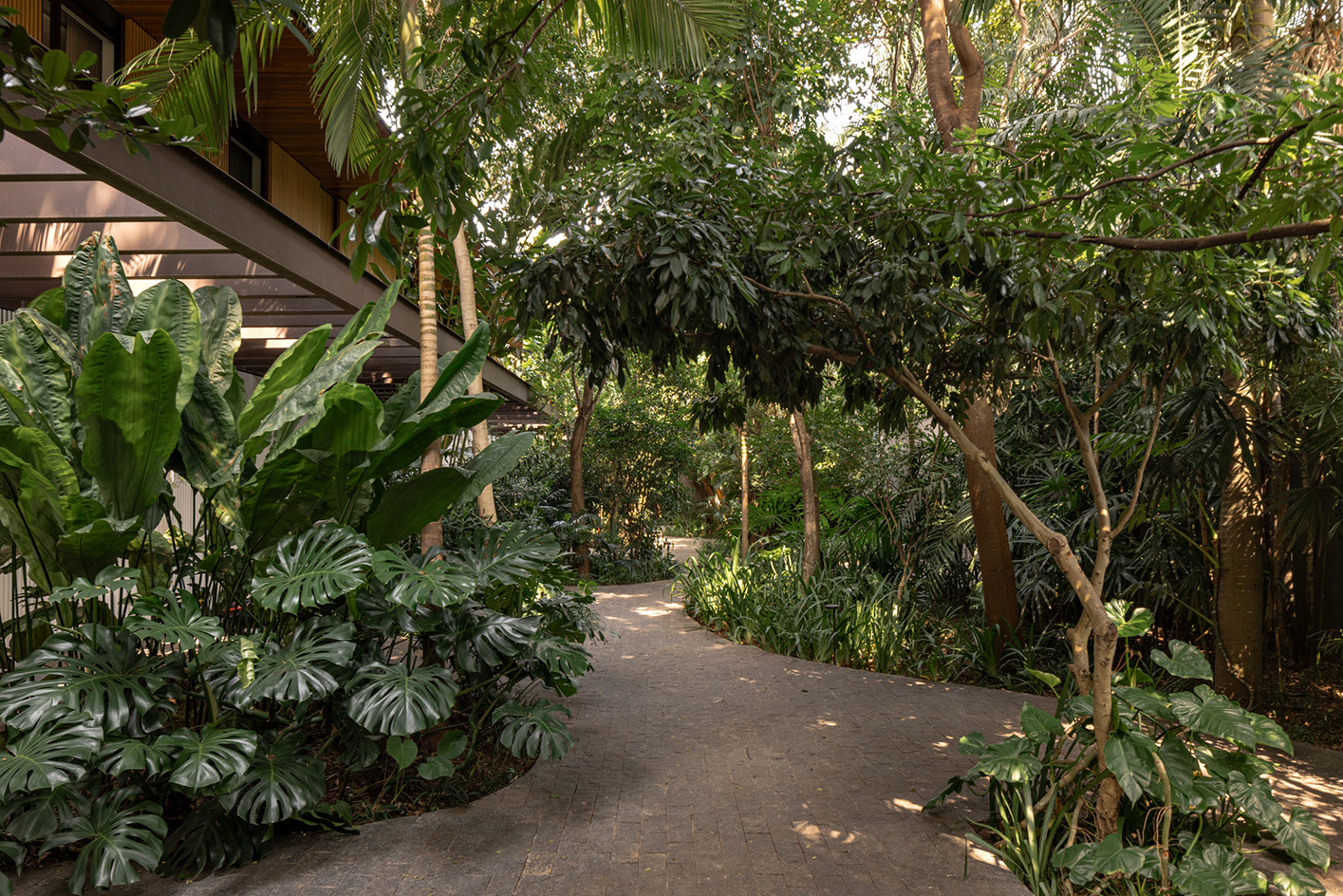
Ubá Housing Development (architecture by Jacobsen Arquitetura)
Oliveira is currently working on the Amauri 306 Building in São Paulo, another Isay Weinfeld project. It is a further refinement of his practice, where gardens distributed across different floors blend seamlessly with the physical architecture. Developers, he observes, appreciate ‘gardens in their buildings, not just for the aesthetic, but for the city environment too’.
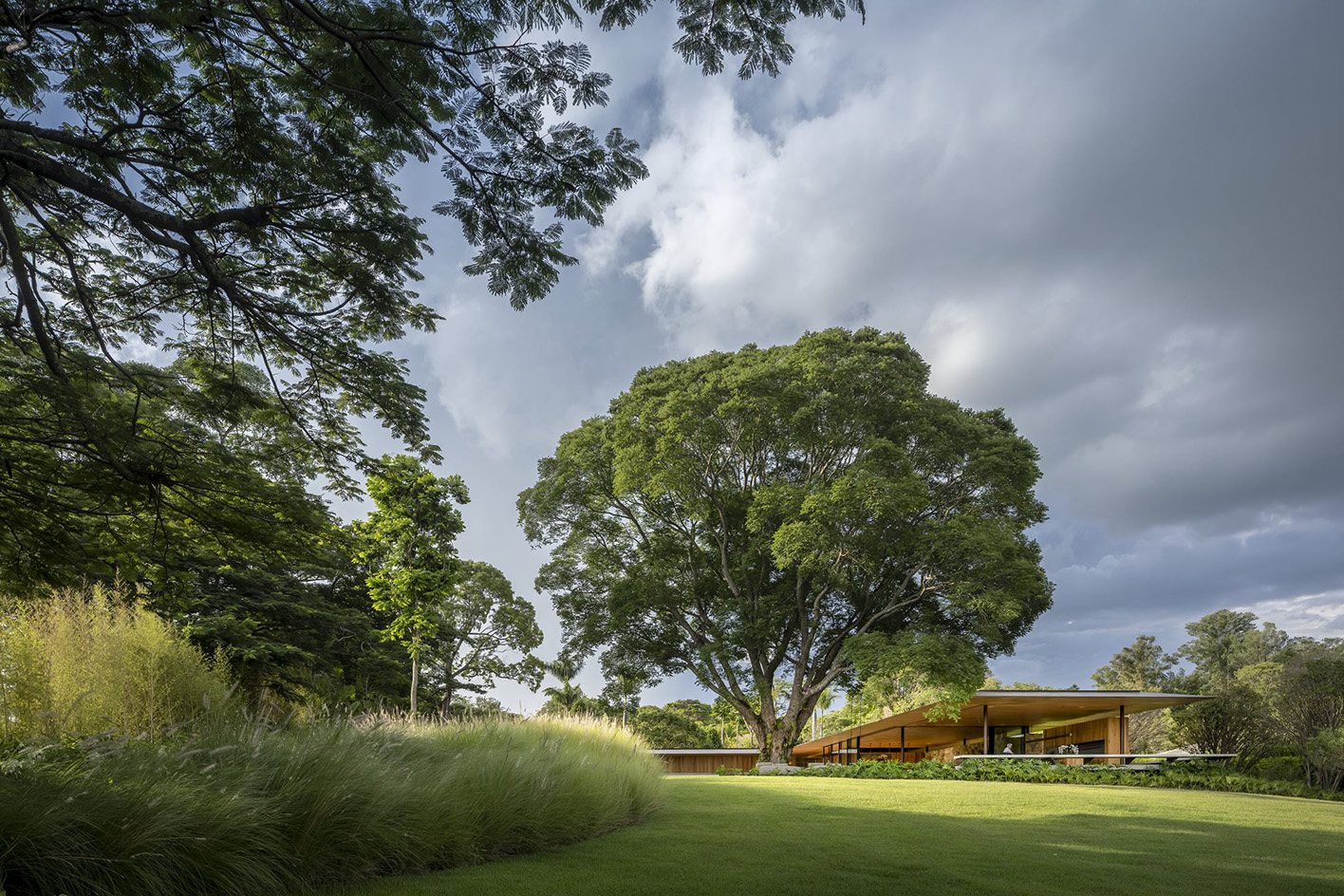
RN house (architecture by Jacobsen Arquitetura)
This appreciation reflects Oliveira's understanding of landscape's broader role in contemporary Brazil, his naturalistic approach offering a compelling alternative to more formal design traditions. By embracing what he calls the ‘irregularity’ of natural systems – their textures, movement, and seasonality – Oliveira is creating gardens that evolve beautifully over time while requiring minimal maintenance. In a world increasingly concerned with environmental stewardship, his philosophy resonates. The best gardens don't fight nature. They celebrate it.
Receive our daily digest of inspiration, escapism and design stories from around the world direct to your inbox.
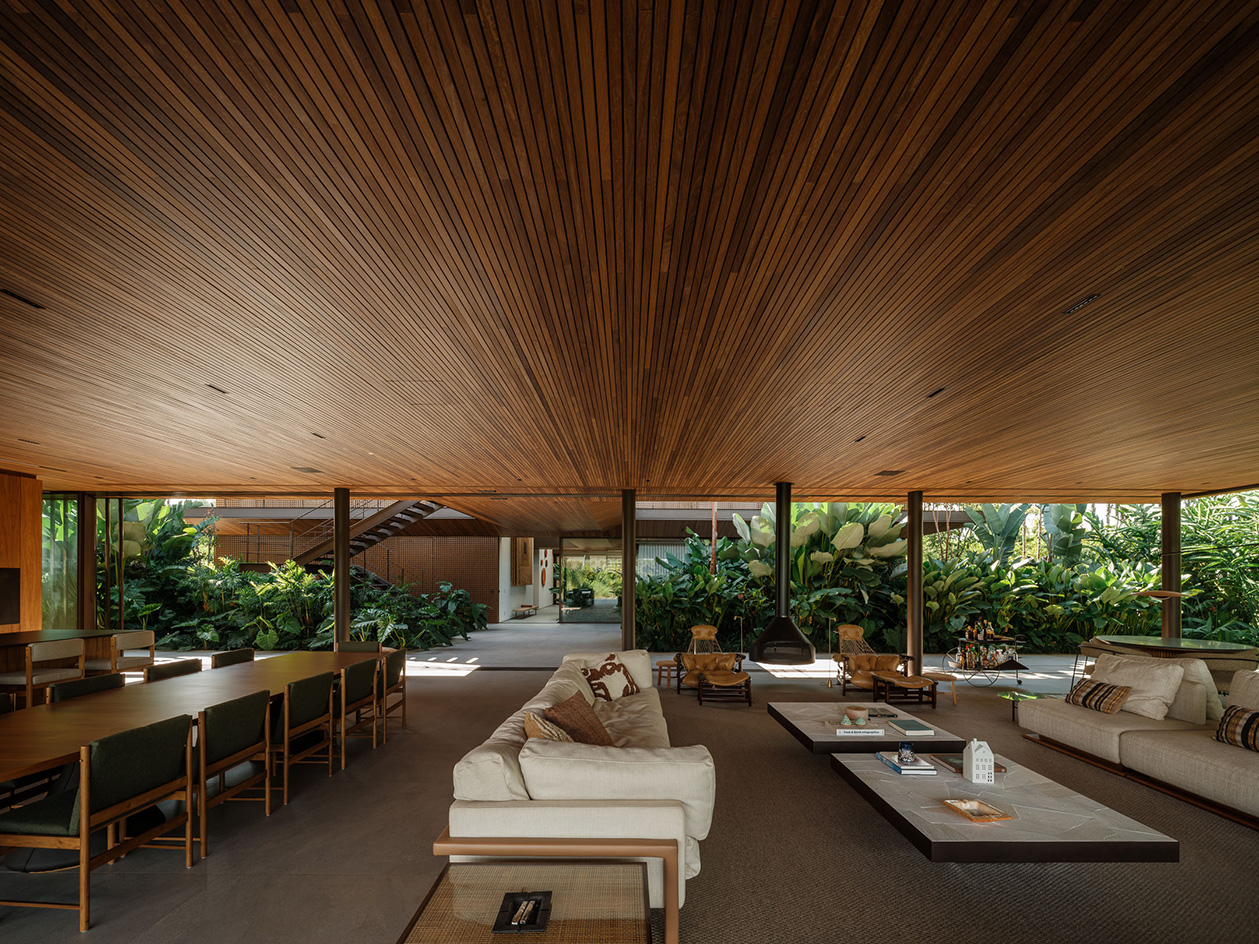
LGM House (architecture by Luciano Dalla Marta)
Daven Wu is the Singapore Editor at Wallpaper*. A former corporate lawyer, he has been covering Singapore and the neighbouring South-East Asian region since 1999, writing extensively about architecture, design, and travel for both the magazine and website. He is also the City Editor for the Phaidon Wallpaper* City Guide to Singapore.
-
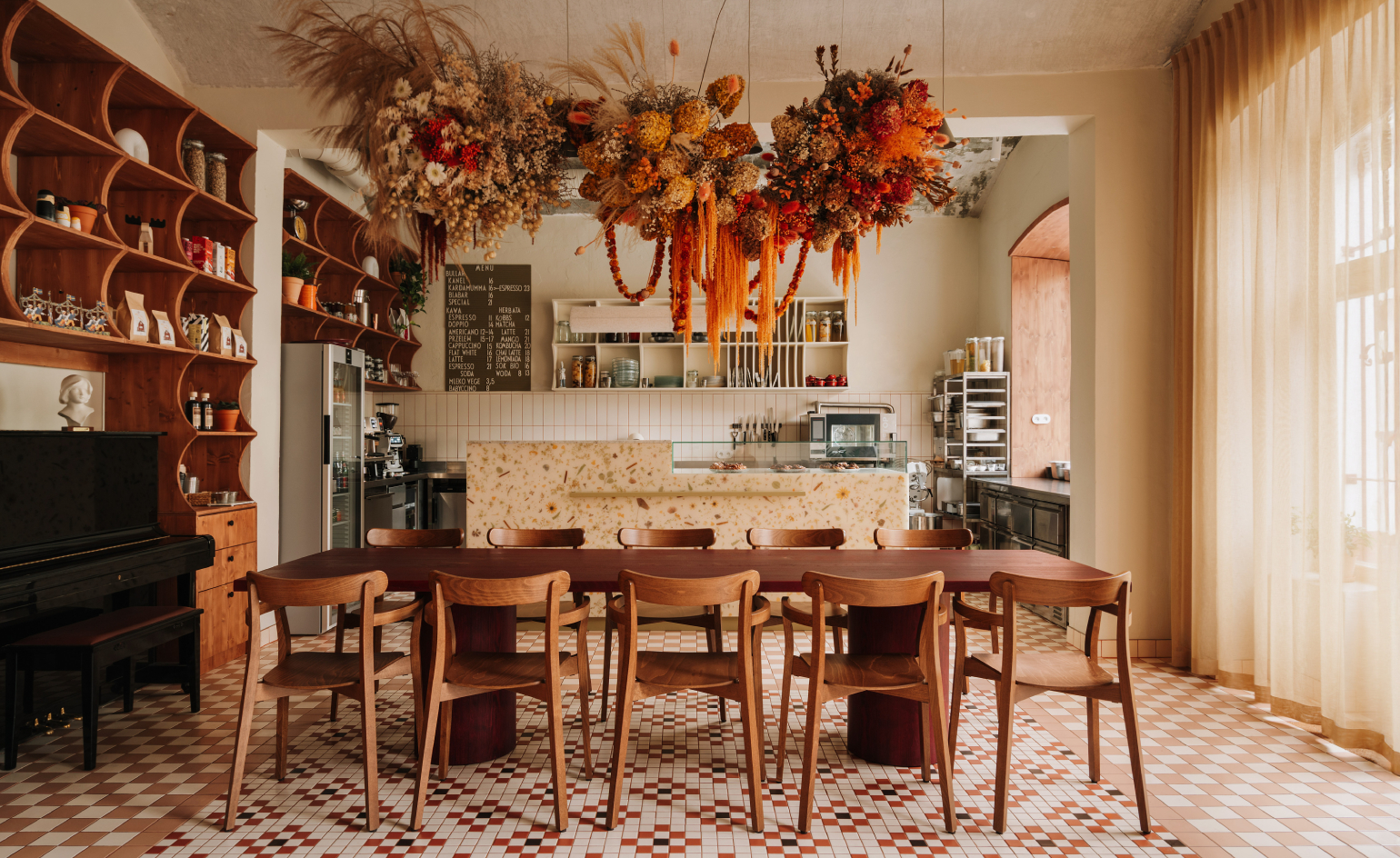 Homespun pleasures are the order of the day at this warm Kraków restaurant
Homespun pleasures are the order of the day at this warm Kraków restaurantLocated in the Kazimierz district, Dala Restaurang emerges as a space where homely character meets a love for nature and the simplicity of life
-
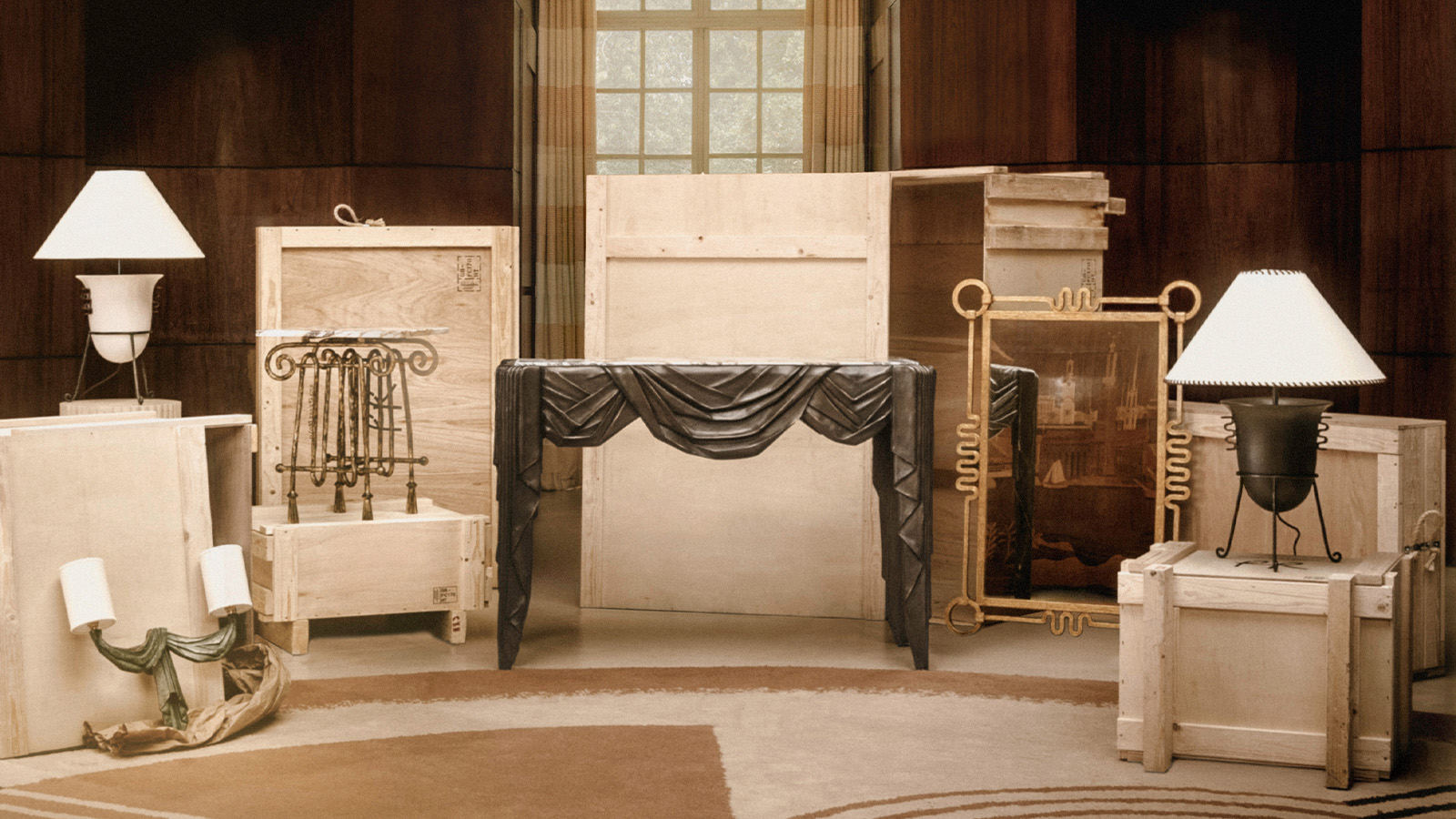 Gergei Erdei’s furniture collection with Porta Romana is inspired by treasured family heirlooms
Gergei Erdei’s furniture collection with Porta Romana is inspired by treasured family heirloomsWorking closely with the British furniture and lighting company, artist and designer Gergei Erdei drew inspiration from his grandmother’s jewellery box to create a furniture collection which has an air of antiqueness
-
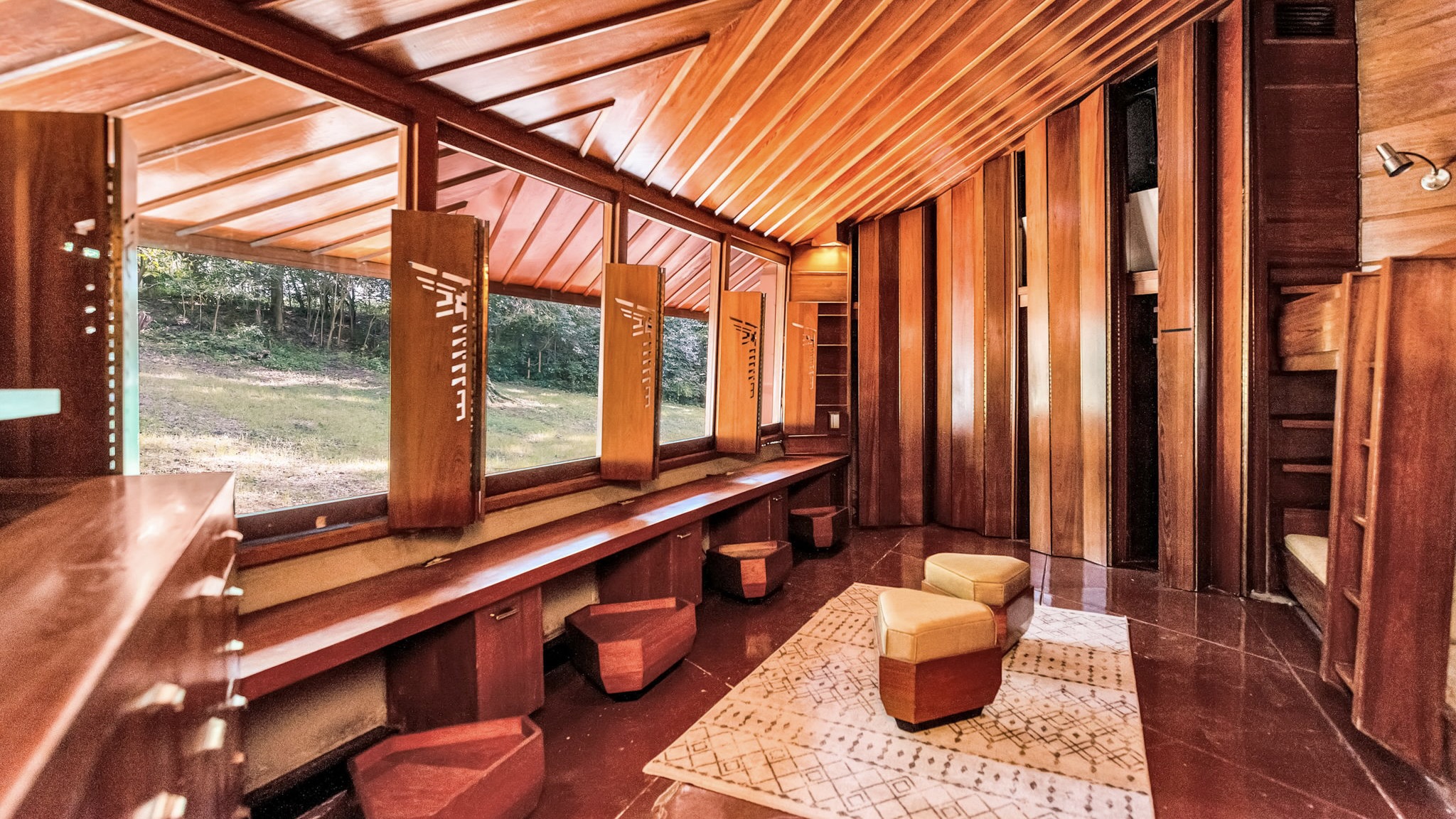 Frank Lloyd Wright’s Fountainhead will be opened to the public for the first time
Frank Lloyd Wright’s Fountainhead will be opened to the public for the first timeThe home, a defining example of the architect’s vision for American design, has been acquired by the Mississippi Museum of Art, which will open it to the public, giving visitors the chance to experience Frank Lloyd Wright’s genius firsthand
-
 A Brasília apartment harnesses the power of optical illusion
A Brasília apartment harnesses the power of optical illusionCoDa Arquitetura’s Moiré apartment in the Brazilian capital uses smart materials to create visual contrast and an artful welcome
-
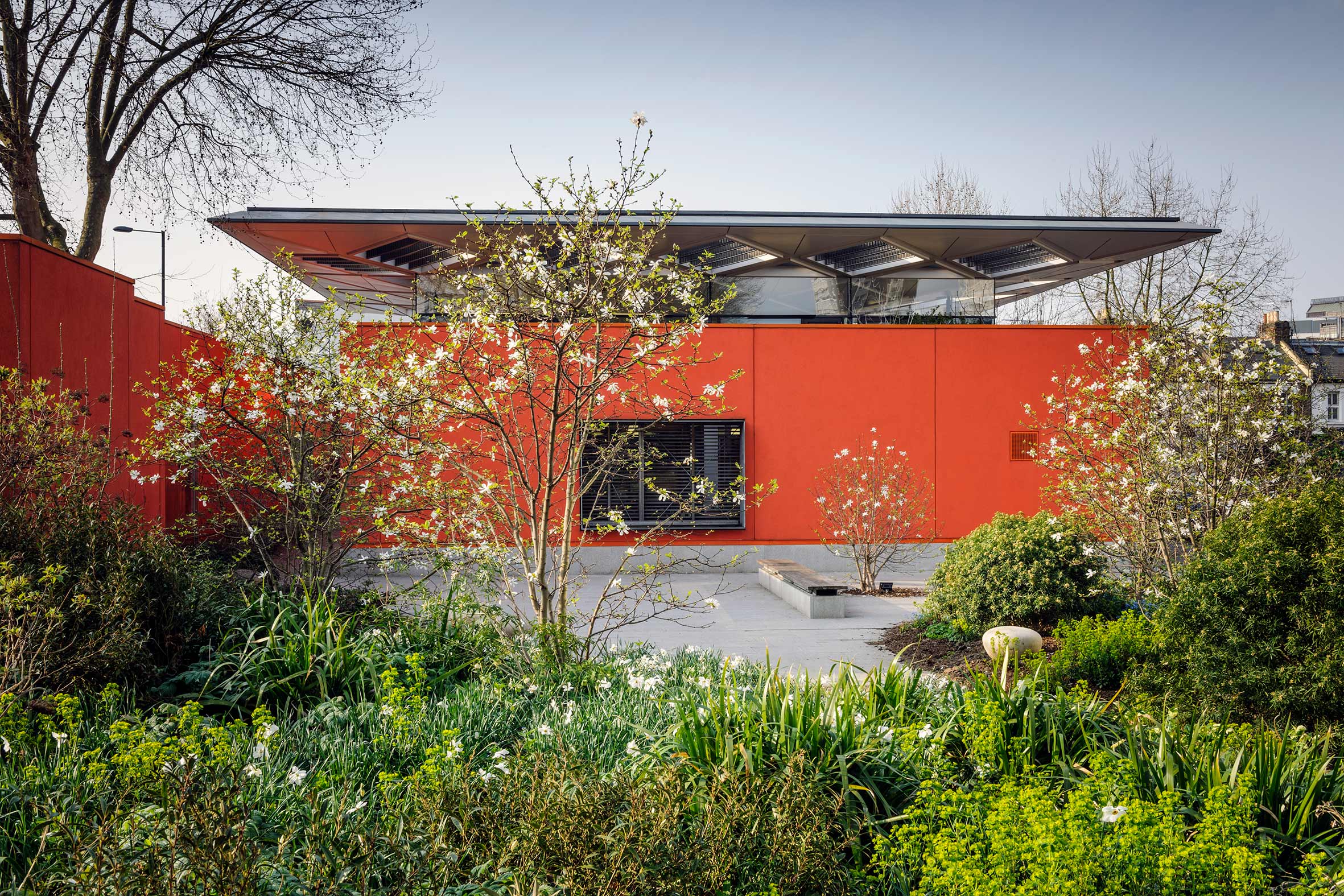 How Maggie’s is redefining cancer care through gardens designed for healing, soothing and liberating
How Maggie’s is redefining cancer care through gardens designed for healing, soothing and liberatingCancer support charity Maggie’s has worked with some of garden design’s most celebrated figures; as it turns 30 next year, advancing upon its goal of ‘30 centres by 30’, we look at the integral role Maggie’s gardens play in nurturing and supporting its users
-
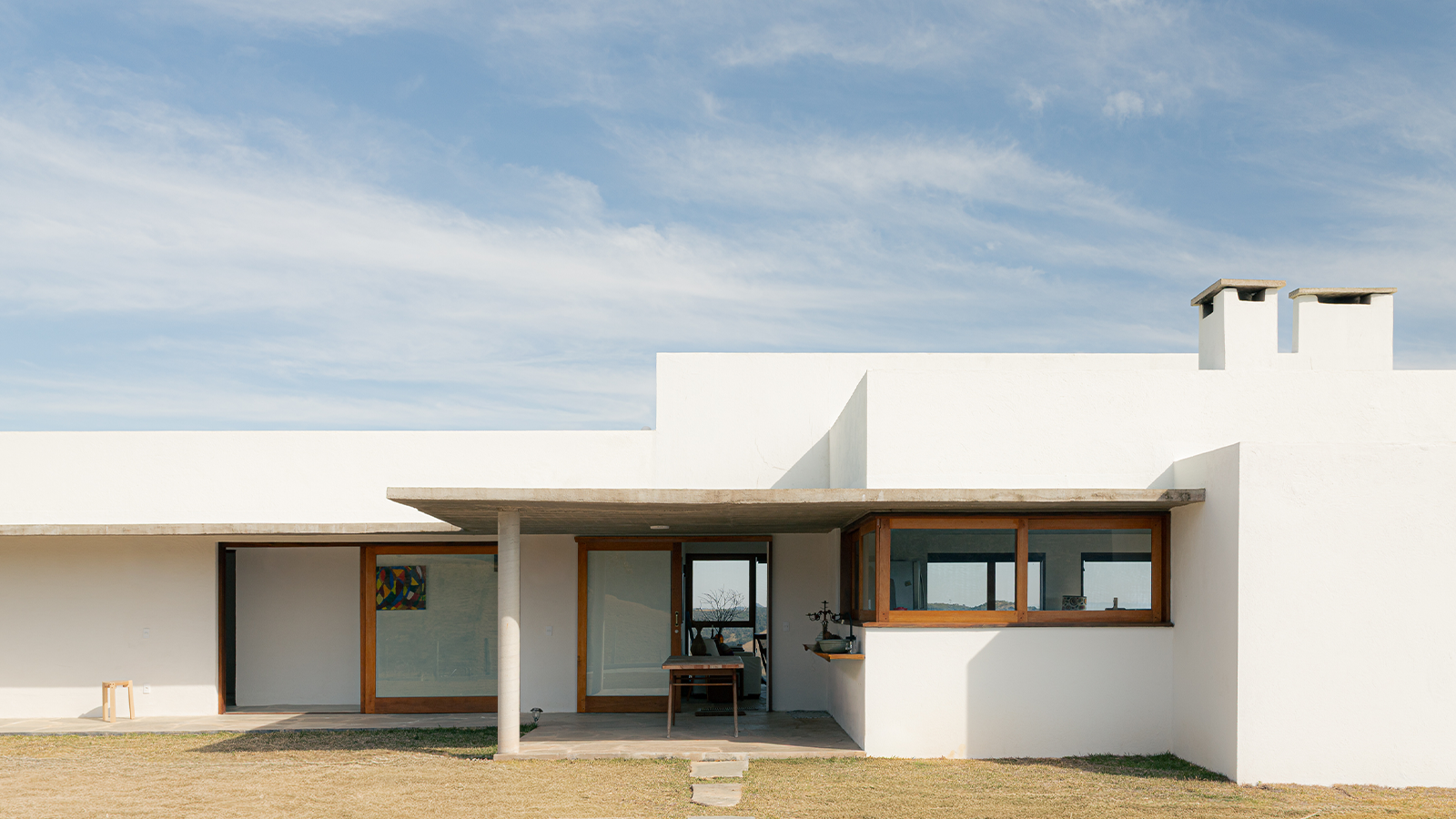 Inspired by farmhouses, a Cunha residence unites cosy charm with contemporary Brazilian living
Inspired by farmhouses, a Cunha residence unites cosy charm with contemporary Brazilian livingWhen designing this home in Cunha, upstate São Paulo, architect Roberto Brotero wanted the structure to become 'part of the mountains, without disappearing into them'
-
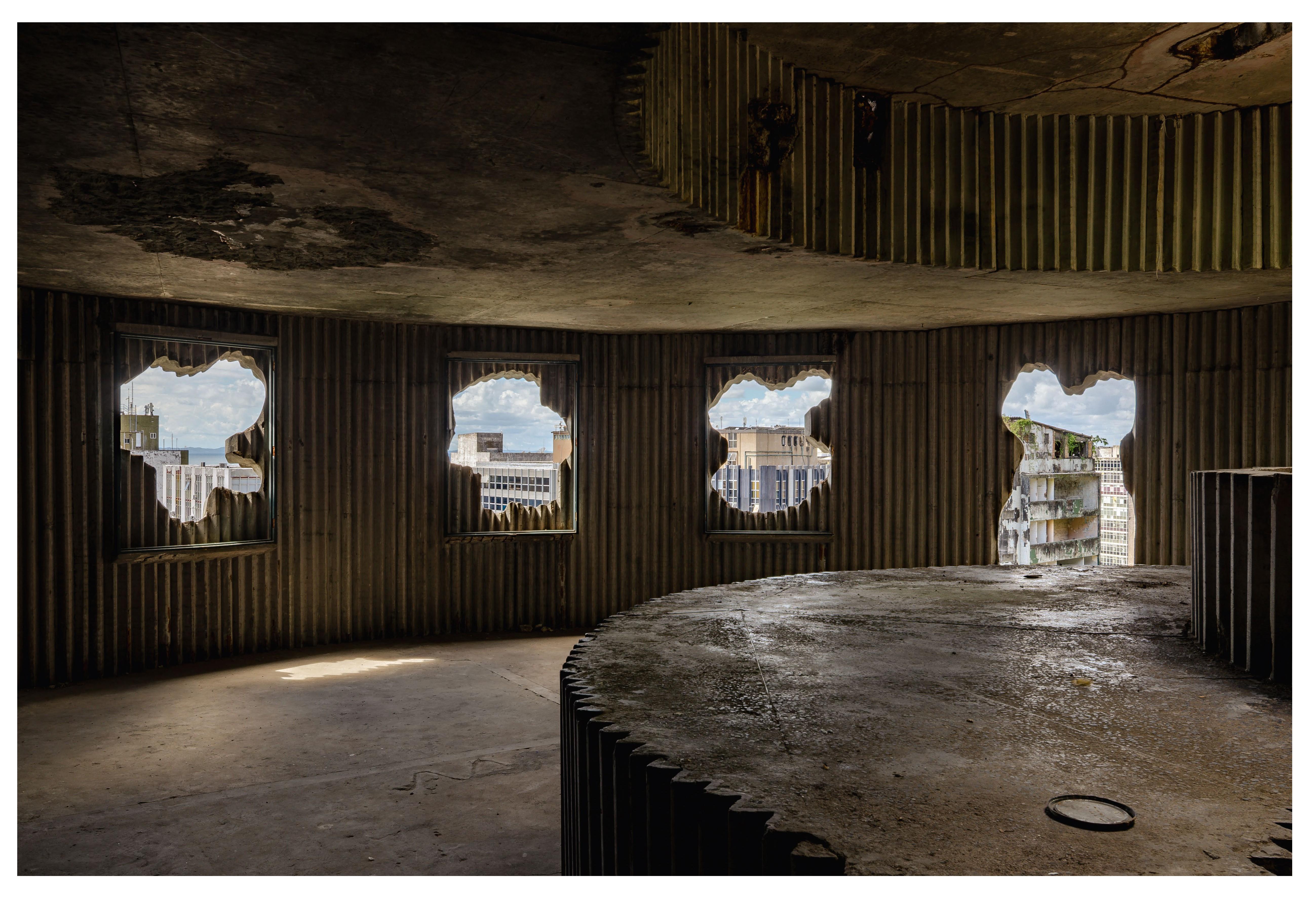 Arts institution Pivô breathes new life into neglected Lina Bo Bardi building in Bahia
Arts institution Pivô breathes new life into neglected Lina Bo Bardi building in BahiaNon-profit cultural institution Pivô is reactivating a Lina Bo Bardi landmark in Salvador da Bahia in a bid to foster artistic dialogue and community engagement
-
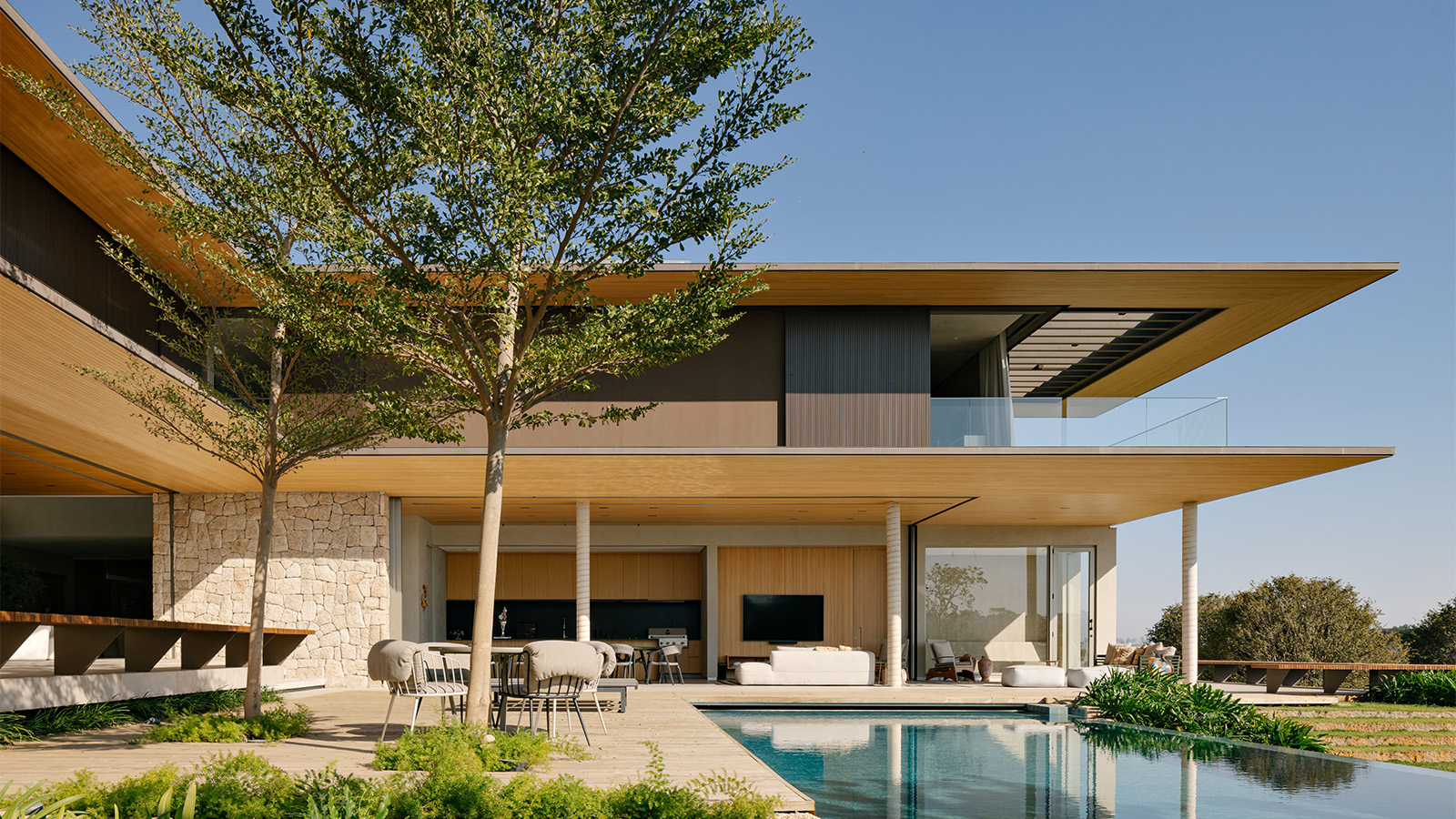 Tropical gardens envelop this contemporary Brazilian home in São Paulo state
Tropical gardens envelop this contemporary Brazilian home in São Paulo stateIn the suburbs of Itupeva, Serena House by architects Padovani acts as a countryside refuge from the rush of city living
-
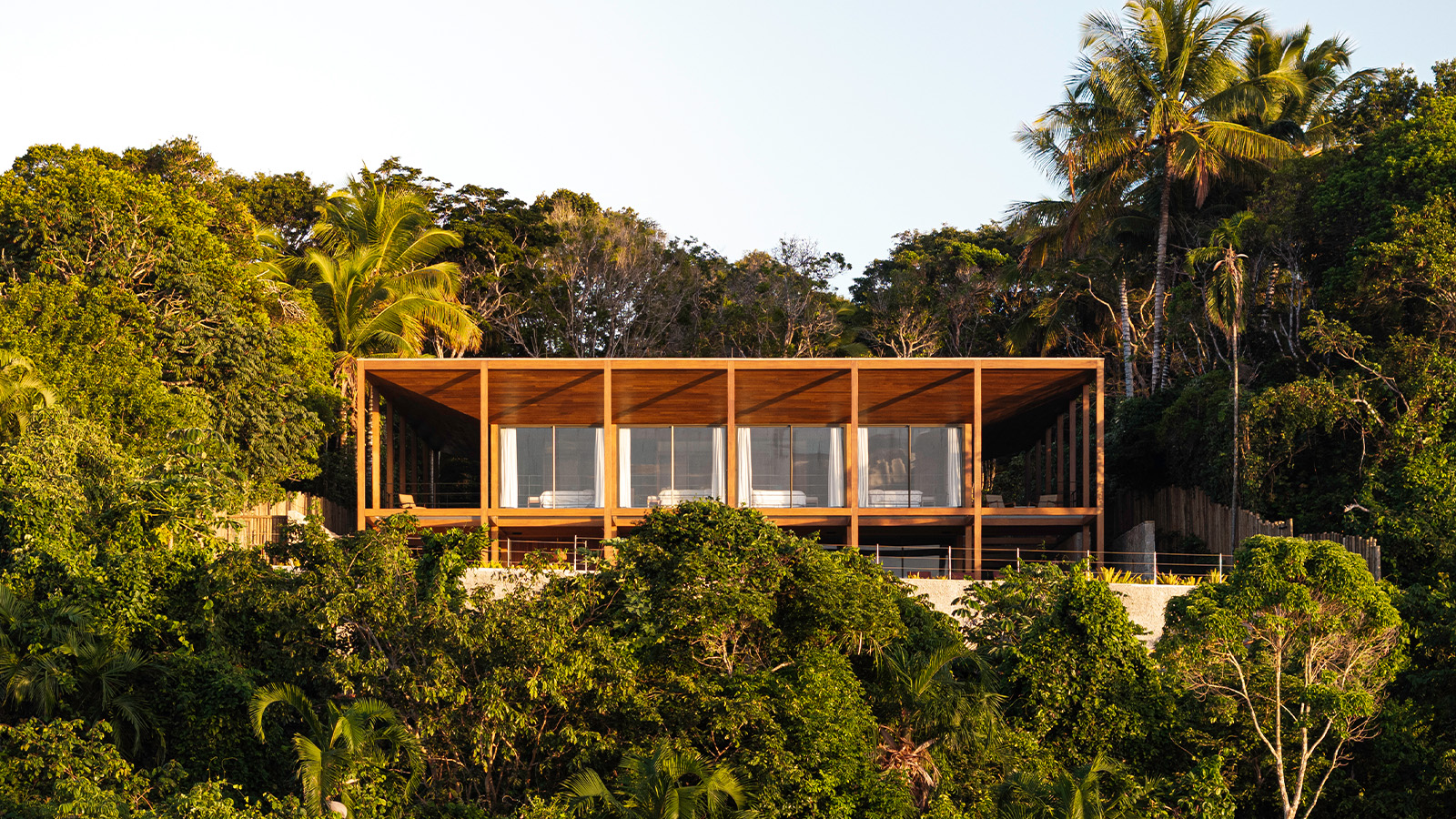 Itapororoca House blends seamlessly with Brazil’s lush coastal landscape
Itapororoca House blends seamlessly with Brazil’s lush coastal landscapeDesigned by Bloco Arquitetos, Itapororoca House is a treetop residence in Bahia, Brazil, offering a large wrap-around veranda to invite nature in
-
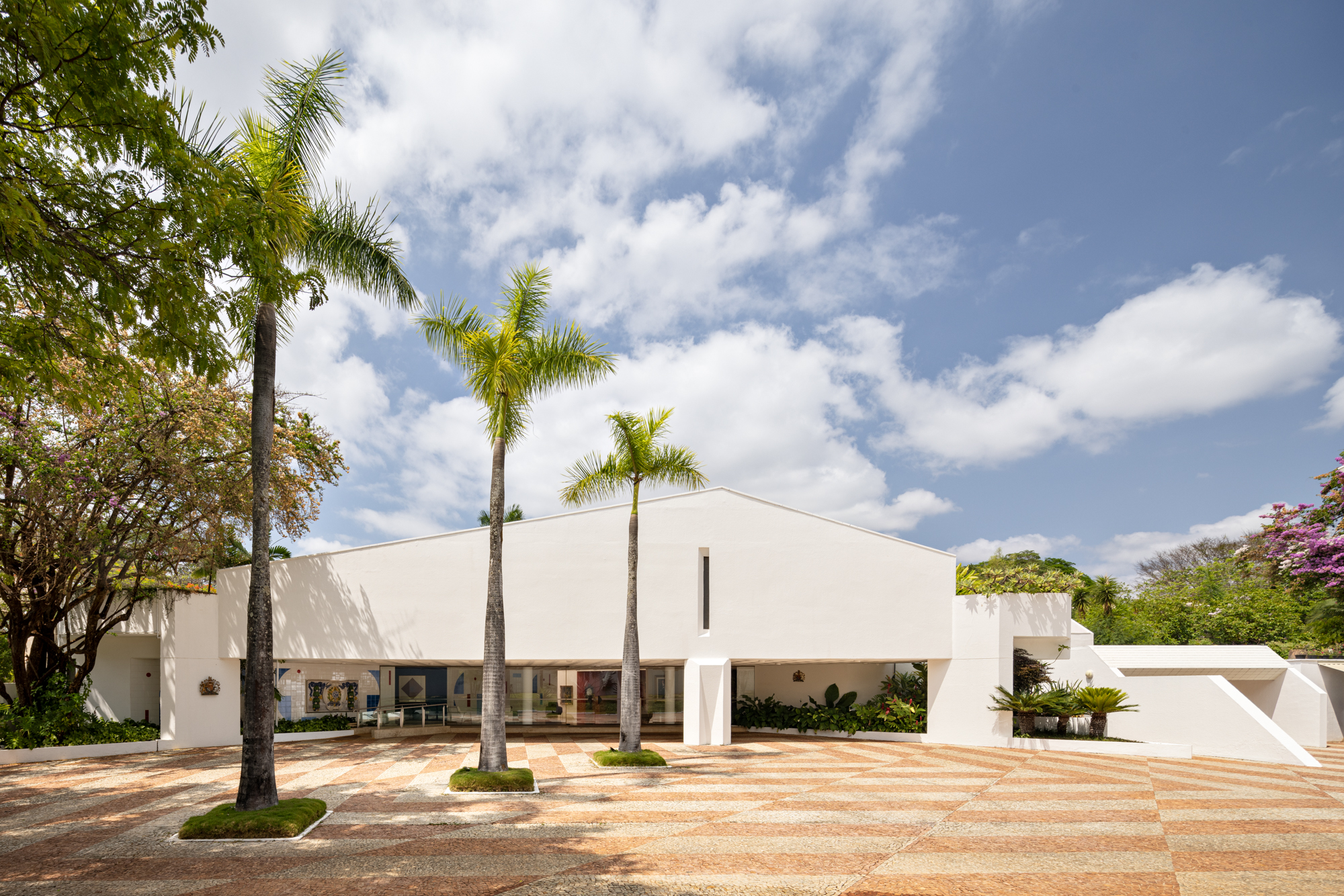 A postmodernist home reborn: we tour the British embassy in Brazil
A postmodernist home reborn: we tour the British embassy in BrazilWe tour the British Embassy in Brazil after its thorough renovation by Hersen Mendes Arquitetura, which breathes new life into a postmodernist structure within the country's famous modernist capital
-
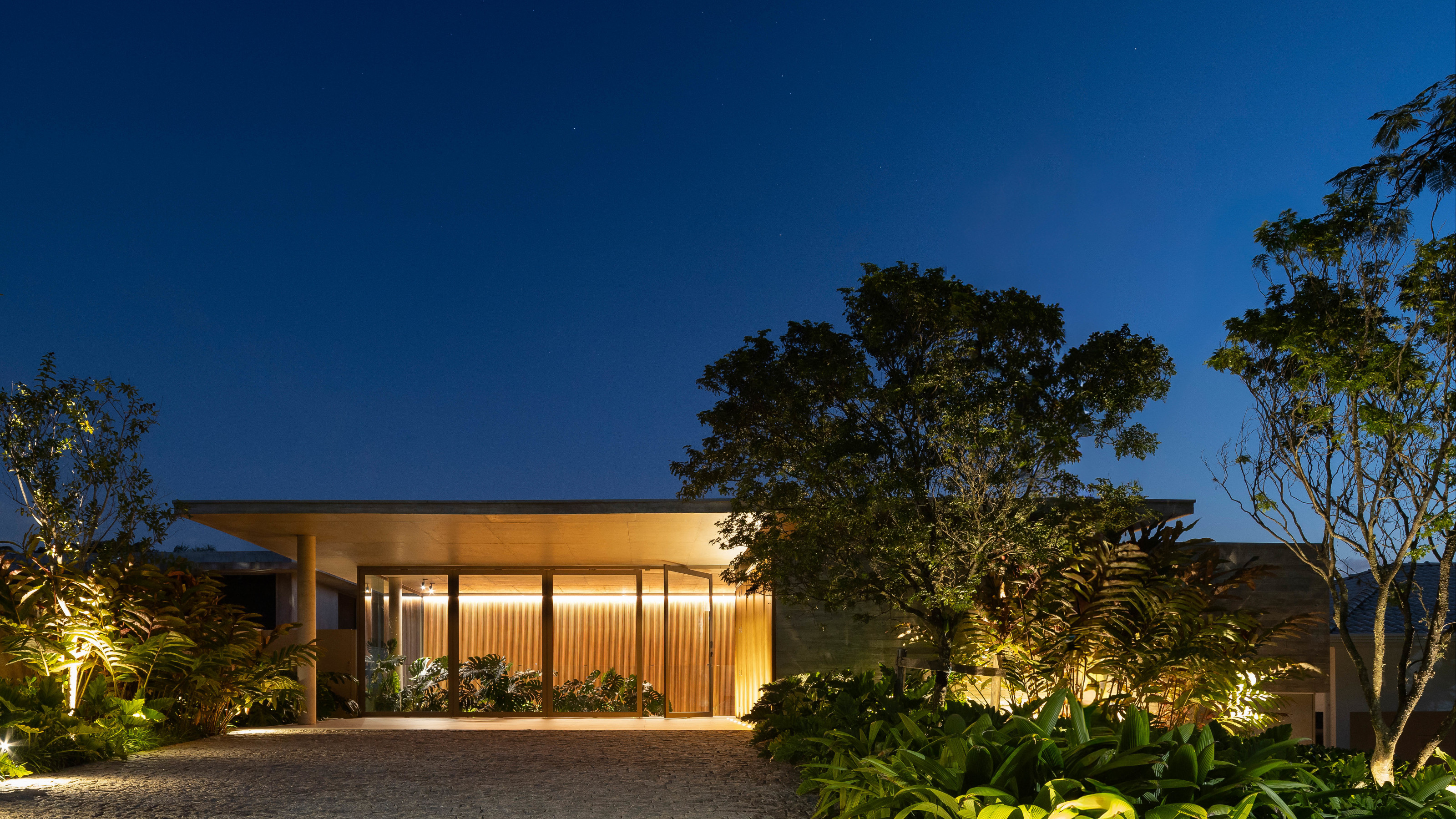 A new concrete house in São Paulo state is designed to open up to its hillside views
A new concrete house in São Paulo state is designed to open up to its hillside viewsArchitects Fernanda Padula and Juliana Risso have shaped this family house in Brazil from meticulously poured concrete forms, precise joinery and a close relationship with the landscape